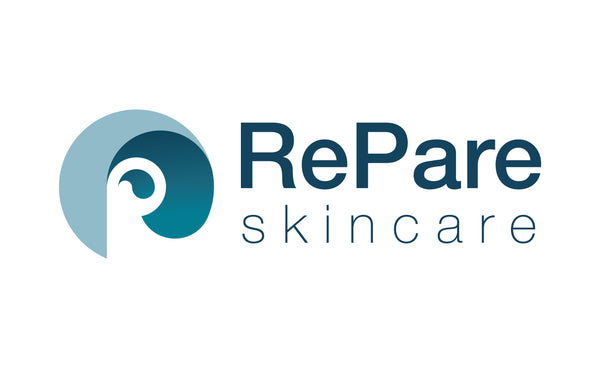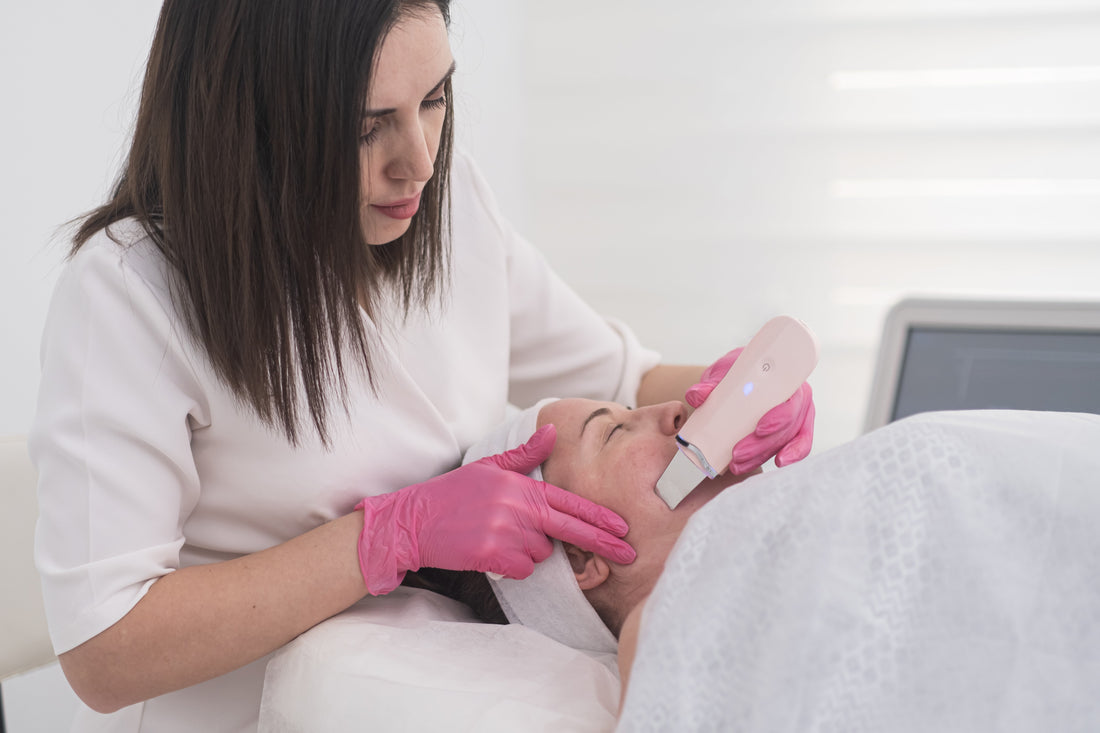Rewrite Your Skin’s Story with Chemical Peels
Your skin isn’t just a protective barrier—it’s a living canvas that captures every smile, sun-kissed memory, and moment of stress. Over time, these experiences can lead to sun damage, acne scarring, and other signs of wear. If you’ve ever wished you could turn back the clock on your complexion, look no further than the transformative world of chemical peels. Whether you’re dealing with light hyperpigmentation, deep wrinkles, or sun-damaged skin, there’s a chemical peel designed to give you a younger appearance and smoother skin texture.
In recent years, facial peels before and after photos have become the gold standard to highlight the remarkable improvements that can be achieved. But it’s not just about dramatic pictures. Understanding the science, procedure, and proper aftercare is crucial to achieving the best results—no pictures filter cases needed. Let’s explore how these peels work and why they remain a top choice for overall skin tone enhancement.
Understanding the Types of Chemical Peels
Chemical peels vary in strength and purpose, targeting everything from minor blemishes to extensive scarring. Here’s a handy comparison table to guide you:
|
Peel Type |
Common Ingredients |
Targets |
Downtime |
|
Light Peels |
Alpha Hydroxy Acids (AHAs) |
Minor wrinkles, light hyperpigmentation, sun spots, and uneven skin tone |
Minimal (redness for 1–2 days) |
|
Medium Strength Peels |
TCA Peel (Trichloroacetic Acid) |
Sun damage, moderate wrinkles, and mild acne scarring |
Moderate (peeling lasts ~1 week) |
|
Deep Chemical Peel |
Phenol Peel, high-strength acids |
Severe sun damage, deep wrinkles, significant scarring |
Extended (several weeks of recovery) |
Light Peels
Often called light peels, these treatments use mild acids (like glycolic or lactic acid) to gently exfoliate the topmost layer of skin. They’re perfect for anyone seeking a quick refresh for skin tone and texture with minimal downtime. Redness often subsides within a few days, and patients can typically resume normal activities almost immediately.
Medium Strength Peels
A TCA peel is a prime example of a medium-strength peel. This treatment penetrates deeper, effectively reducing age spots, mild scarring, and moderate wrinkles. While the peeling process can be more noticeable—usually lasting around a week—the payoff is a smoother, more radiant appearance that can truly elevate your overall skin health.
Deep Chemical Peel
If you’re dealing with advanced signs of aging, like severe sun damage, deeper wrinkles, or pronounced scarring, a deep chemical peel (often referred to as a phenol peel) offers dramatic results. However, this procedure involves more downtime, typically several weeks, and is frequently performed in a clinical setting under medical supervision. Many patients experience a significantly younger appearance and an overall improvement in skin texture that can last for years.
Who Can Benefit from a Chemical Peel?
Addressing Specific Skin Conditions
A wide range of people—from a 30-year-old dealing with acne breakouts to a 60-year-old tackling deep wrinkles—can benefit from chemical peels. They’re frequently recommended for:
-
Acne scarring and active breakouts
-
Sun damage and age spots
-
Fine lines around the mouth, cheeks, and lips
-
General hyperpigmentation and uneven texture
Considering Skin Color and Sensitivities
Your skin color and sensitivity also play a role in determining the most suitable peel. While light peels are usually safe for all complexions, medium-strength peels, and deep chemical peels require more caution for darker skin tones. This is to minimize the risk of post-inflammatory pigmentation. During your consultation today, a qualified doctor or dermatologist will assess your skin type to recommend the safest, most effective approach.
Targeted Treatment Areas Beyond the Face
Full Face Chemical Peel
A full-face chemical peel is one of the most common procedures, tackling widespread concerns like sun-damaged skin, pronounced wrinkles, and an overall dull complexion. By removing the outer layers of damaged skin, you’ll reveal a brighter, more uniform tone underneath.
Neck and Lower Eyelids
Peels don’t stop at the face. If you’ve noticed wrinkles or textural issues on your neck or lower eyelids, specific peels can be tailored to these areas. Some patients opt for a neck lift or lower blepharoplasty (an eyelid procedure) in conjunction with a chemical peel to achieve cohesive, long-lasting rejuvenation. This holistic approach helps ensure the appearance of your neck and eyelids matches the renewed glow of your face.
Combining Procedures for Comprehensive Results
For those considering a facelift, it’s often advantageous to pair surgery with a chemical peel to address sun spots, pigmentation, or acne scarring left untouched by surgery alone. When combined, these treatments can create a harmonious, all-encompassing boost in your overall appearance and texture.
The Chemical Peel Journey: Consultation, Procedure, and Recovery
Consultation and Preparation
A successful peel starts with a thorough consultation. During this meeting, you’ll discuss:
-
Skin goals and specific issues such as sun damage or acne
-
Relevant medical history and procedure options
-
Before-and-after photos to set realistic expectations, free from misleading picture filter cases
Your clinician may suggest a pre-peel regimen, like using retinoids or light exfoliating cleansers, to prep your skin.
During the Peel
The process typically involves:
-
Cleansing the treated area (face, neck, or lower eyelids).
-
Applying the chosen peel solution (from light peels to deep chemical peels).
-
Monitoring the skin’s reaction and redness, which can vary based on the peel’s strength.
-
Neutralizing or removing the solution as recommended.
A phenol peel or strong TCA peel may require additional steps such as local anesthesia, especially when performing a full-face chemical peel or treating deep scarring.
After the Peel
Post-peel care is crucial. Common recovery steps include:
-
Applying gentle moisturizers to reduce dryness and peeling
-
Wearing sunscreen to protect sun-damaged skin from further harm
-
Avoiding direct sun exposure to prevent hyperpigmentation
-
Steering clear of harsh products until the skin fully heals
Most patients experience mild to moderate peeling, along with some redness, for several days to a couple of weeks. Strictly following aftercare instructions ensures a smoother and more radiant outcome.
Real-Life Results: Before and After
One of the most compelling reasons to consider chemical peels is the visible proof. Facial peels before and after photos consistently reveal remarkable transformations in skin tone, texture, and scarring. Patients often report:
-
Reduction in lines around the mouth, upper cheeks, and lips
-
Less noticeable acne scars, sun damage, and pigmentation
-
A generally younger appearance that draws positive comments from friends and family
Whether you’re a female patient concerned about fine lines or a male patient looking to tackle age spots, peels offer a versatile, minimally invasive way to refresh your look.
Maintaining Long-Lasting Improvements
Protective Skincare
Note: The benefits of a deep chemical peel or a medium strength peel can last for years, but only if you care for your renewed skin. Daily sunscreen, antioxidants, and a healthy lifestyle are your secret weapons against future sun damage and hyperpigmentation.
Follow-Up Treatments
To preserve the overall improvement, regular maintenance peels or micro-peels may be recommended. Your provider might also suggest tailored treatments like microneedling or laser therapy to target persistent blemishes or deeply set scarring.
When to Consult a Professional Again
As you age, wrinkles and sunspots may reappear. A timely follow-up with your dermatologist can keep your results looking fresh. Don’t hesitate to book a consultation today if you notice changes in your skin that concern you.
Conclusion
Chemical peels are more than just a fleeting cosmetic trend; they’re a procedure that can genuinely rewrite your skin’s story. From light peels that gently buff away dullness to deep chemical peels that dramatically repair sun-damaged skin, these treatments offer something for everyone—regardless of age, gender, or skin color.
Ready to discover how a peel can work wonders on your complexion? Schedule a thorough evaluation with a qualified professional or doctor to discuss your goals. A full-face chemical peel or a more targeted approach for your neck or lower eyelids may be all you need to achieve that youthful glow you’ve been dreaming of. Embrace the power of chemical peels and step into a world of smoother, healthier, and more vibrant skin. Visit Repare Skincare today!

